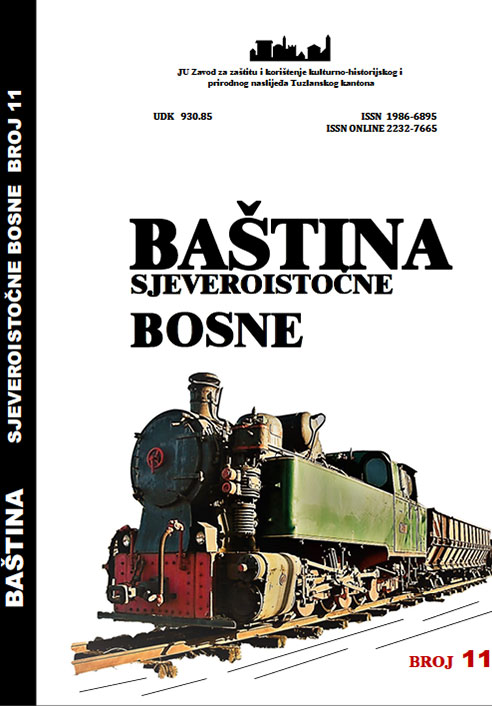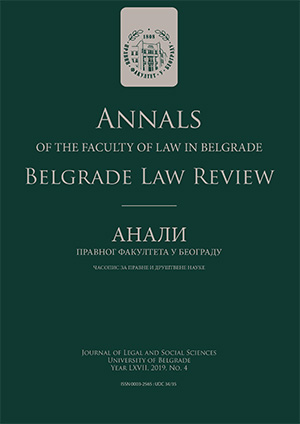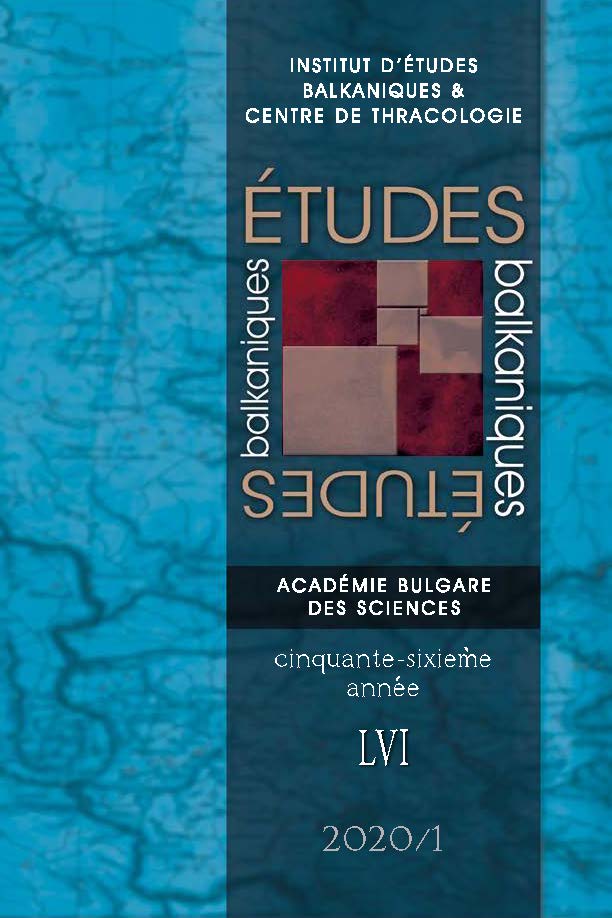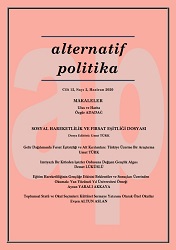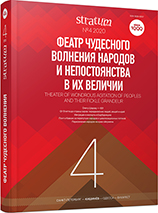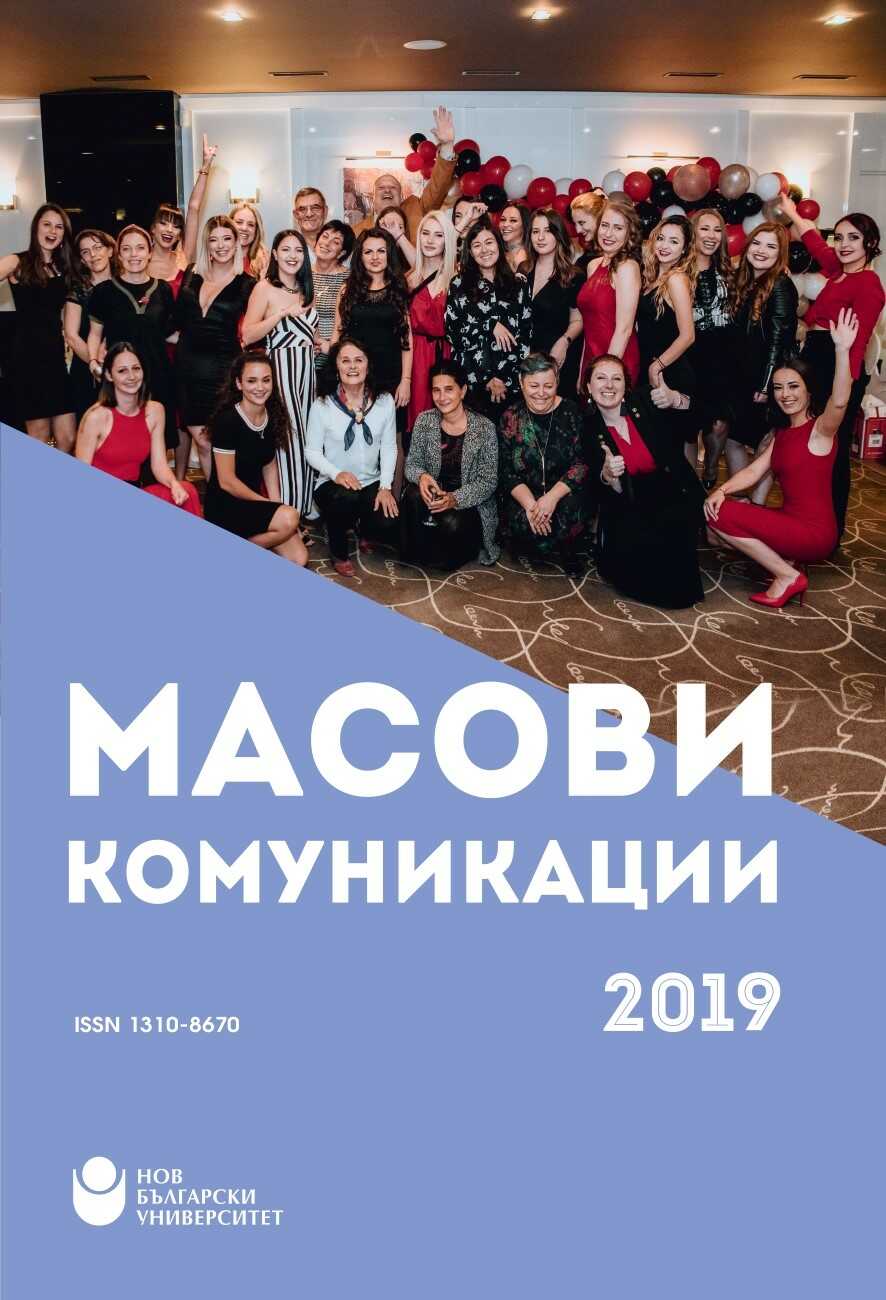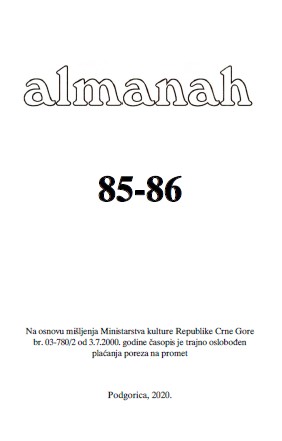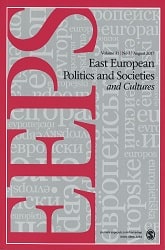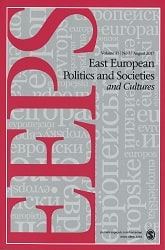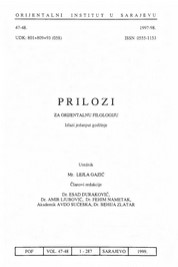Author(s): Sefedin Šehović,Filduza Prušević Sadović / Language(s): Serbian
Issue: 85-86/2020
Pedagoška tematika vezana za proučavanja u srbijanskom delu Sandžaka mora nalaziti uporišta, oslonce, argumente, podatke u lokalnoj sredini, ali se značenjski mora uzdići do vrednosti naučnog mišljenja, njegove logičnosti i misaonog, teorijskog sistema od značaja za nauku o vaspitanju. Zato se u ovom radu taj aspekt, naznačen kao sistem obrazovanja Srbije na datom, istorijski i aktuelno ograničenom prostoru, ima u vidu; to je predmet i zadatak teme, njene obrade. To nije samo deskriptivno predočavanje pojava u osnovnom obrazovanju, već pitanje primenjivostoi naučnog pedagoškog saznanja na jednom prostoru koga odlikuje specifična prošlost, takva kakvu nema ni jedan drugi deo Srbije. I sadašnjost koja je izronila iz date prošlosti, sadašnjost kojoj nije bilo dovoljno sto godina razvoja da potre negativne recidive prošlosti, da ih otkloni i nadmaši. Tema je najmanje hronologija zbivanja koja se najčešće smešta u šemu, protok godina: 3 + 3 + 23 + 4 + 45 + 10 godina (od 1912 do 1915 - 3, do kraja prvog svetskog rata 3, Kraljevina Jugoslavija 23, II svetski rat 4, vreme brozovskog socijalizma 45 i postbrozovski period 10 godina). Iako svaki od tih intervala u proticanju vremena ima svoje osobenosti i svoju situaciju u razvoju, ipak je za pedagoško proučavanje više relevantno nešto šire identifikovanje i obrađivanje, odnosno proučavanje osnovnog obrazovanja. U predmet i u okvire sadržaja ove teme ulaze dve bitne odrednice, dva osnovna pitanja – prostor na kome su situirane osnovne škole ove oblasti i vreme u kome su one sastavni deo sistema obrazovanja Srbije.
More...


